Home>Garden Essentials>Garden Storage>How To Stop Mould In Wardrobe
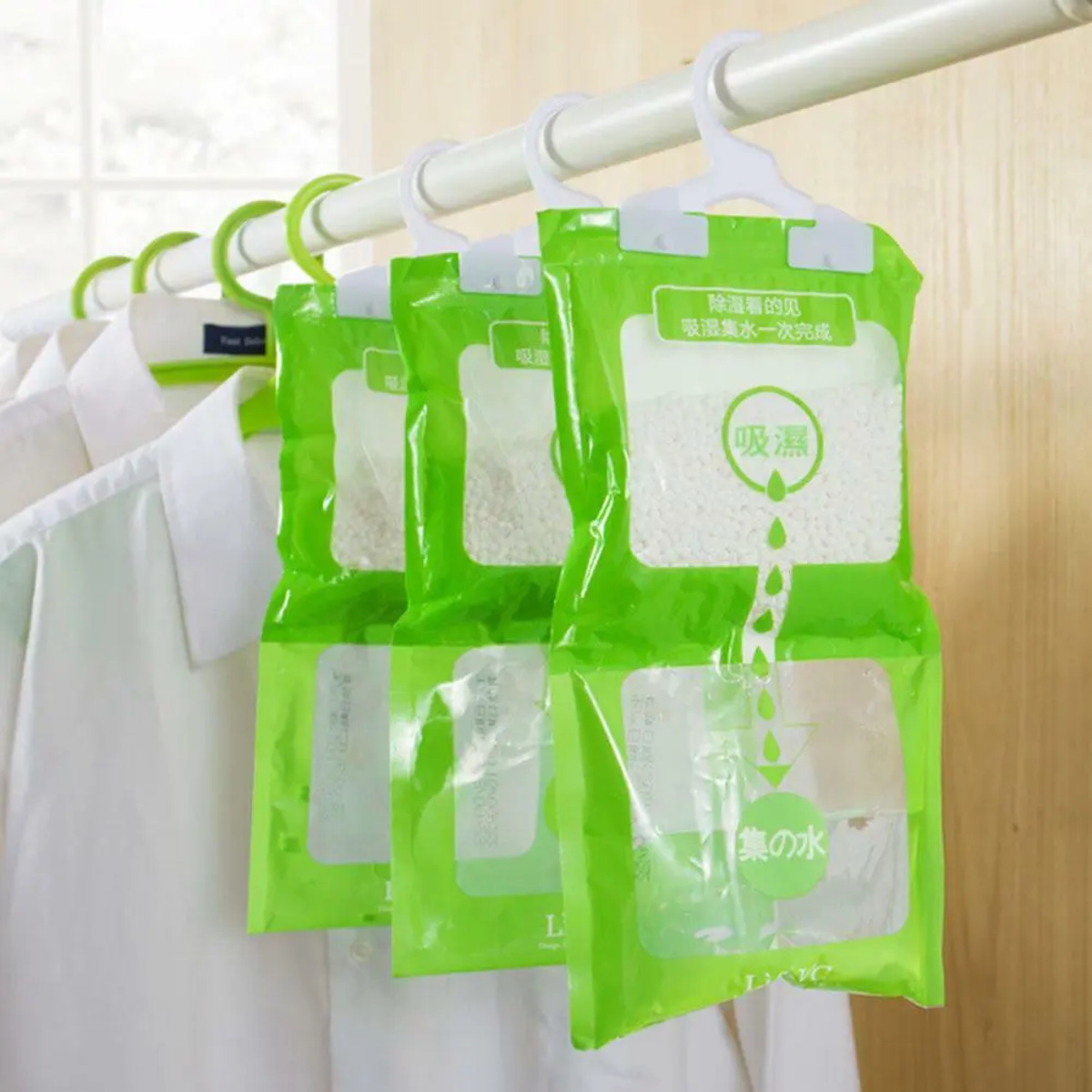

Garden Storage
How To Stop Mould In Wardrobe
Modified: January 5, 2024
Looking for effective ways to prevent mould in your wardrobe? Check out our expert tips and solutions for proper storage to keep your clothes mould-free.
(Many of the links in this article redirect to a specific reviewed product. Your purchase of these products through affiliate links helps to generate commission for Storables.com, at no extra cost. Learn more)
Introduction
Mould growth in wardrobes can be a frustrating and unsightly problem. Not only does it damage your belongings, but it can also pose health risks to you and your family. From unpleasant odors to potential respiratory issues, dealing with mould in your wardrobe is something that should be tackled as soon as possible.
In order to effectively combat mould, it is important to understand the causes, signs, and prevention measures. By taking proactive steps to prevent mould growth and properly addressing any existing mould, you can ensure that your wardrobe remains clean, fresh, and mould-free.
In this article, we will explore the various causes of mould in wardrobes, the signs to look out for, and practical prevention measures. Additionally, we will discuss how to deal with existing mould and ways to remove it safely. Let’s dive in and discover how to stop mould in your wardrobe once and for all.
Key Takeaways:
- Combat mould in your wardrobe by addressing high humidity, poor ventilation, leaks, damp clothing, and poor insulation. Regular cleaning, proper ventilation, and moisture absorbers are essential for prevention.
- Recognize signs of mould in your wardrobe, such as visible growth, musty odor, discoloration, allergy symptoms, and damaged wood. Take immediate action to prevent further growth and protect your belongings.
Causes of Mould in Wardrobe
Mould in wardrobes can occur due to a variety of reasons, and understanding these causes is crucial in preventing its growth. Here are some common causes of mould in wardrobes:
- High humidity: Excessive moisture in the air is one of the primary causes of mould growth in wardrobes. When humidity levels are high, especially in enclosed spaces, it creates a perfect breeding ground for mould.
- Poor ventilation: Inadequate air circulation can trap moisture inside the wardrobe, leading to mould development. Lack of proper ventilation can occur if your wardrobe is tightly packed against a wall or if it is located in a room with poor airflow.
- Leaky pipes or roof: If there are leaks in the pipes or roof near or above your wardrobe, it can result in moisture seeping into the wardrobe, promoting mould growth.
- Damp clothing: Hanging wet or damp clothing inside the wardrobe can release moisture into the air, creating an ideal environment for mould to thrive.
- Poor insulation: Insufficient insulation in your home can lead to condensation on walls and windows. When this moisture comes into contact with a wardrobe, mould can accumulate.
Identifying the specific cause of mould in your wardrobe is essential for implementing effective prevention strategies. By addressing these underlying causes, you can significantly reduce the chances of mould growth and keep your wardrobe clean and mould-free.
Signs of Mould in Wardrobe
Recognizing the signs of mould in your wardrobe is crucial in taking timely action to prevent further growth and damage. Here are some common signs to look out for:
- Visible mould growth: The most obvious sign of mould in your wardrobe is the presence of visible patches or spots on the walls, shelves, or clothing. Mould can appear in various colors, including green, black, or white.
- Musty odor: A strong and unpleasant musty smell emanating from your wardrobe is a clear indication of mould growth. This odor is caused by the volatile organic compounds (VOCs) released by mould spores.
- Discoloration: Look out for any discoloration on clothing, shoes, or other items stored in the wardrobe. Mould can leave behind stains or cause fabrics to become discolored.
- Increased allergy symptoms: If you or your family members experience respiratory issues, coughing, sneezing, or worsened allergy symptoms when near the wardrobe, it could be a sign of mould presence.
- Warped or damaged wood: Mould growth can cause wooden surfaces in your wardrobe to warp or deteriorate. Pay attention to any signs of damage or distortion in the shelves, drawers, or the wardrobe structure itself.
It’s important to note that mould can spread quickly, so if you notice any of these signs, it’s essential to take immediate action to prevent further growth and protect your belongings.
Prevention Measures
Preventing mould growth in your wardrobe requires a combination of proactive measures to control moisture and create an unfavorable environment for mould to thrive. Here are some effective prevention measures you can implement:
- Regular Cleaning and Maintenance: Keep your wardrobe clean by dusting and vacuuming regularly. Remove any visible mould spots immediately using a mild detergent or vinegar solution. Regular cleaning helps prevent mould spores from settling and spreading.
- Proper Ventilation: Ensure adequate airflow in your wardrobe by leaving gaps between clothes and walls, using wardrobe dehumidifiers, and installing vents or exhaust fans if possible. Proper ventilation helps reduce moisture levels and prevent mould growth.
- Use of Moisture Absorbers: Place moisture-absorbing products such as silica gel packets, baking soda, or activated charcoal inside your wardrobe to absorb excess moisture. These can help maintain a drier environment and inhibit mould growth.
- Organizing Wardrobe Contents: Avoid overstuffing your wardrobe as it restricts airflow and increases moisture retention. Organize clothing and other items in a way that allows for proper ventilation and prevents condensation from accumulating.
- Maintain Ideal Room Humidity: Control the humidity level in the room where your wardrobe is located. Ideally, it should be between 30% to 50%. Use a dehumidifier or air conditioner if necessary to regulate humidity and prevent excessive moisture in the air.
By incorporating these prevention measures into your routine, you can significantly reduce the chances of mould growth in your wardrobe. Consistency and vigilance are key to maintaining a mould-free wardrobe.
Regular Cleaning and Maintenance
Regular cleaning and maintenance of your wardrobe are vital for preventing mould growth and keeping it in pristine condition. Here are some essential steps to follow:
1. Dusting and Vacuuming: Dust and debris can accumulate on the surfaces of your wardrobe, providing a breeding ground for mould. Regularly dust the shelves, drawers, and walls of your wardrobe to remove any dirt or dust particles. Vacuum the floor of the wardrobe to remove loose dirt or lint.
2. Wipe Down Surfaces: Use a damp cloth or a mild detergent solution to wipe down the interior and exterior surfaces of your wardrobe. This helps remove any residual dust, grime, or mould spores that may be present. Avoid using excessive water, as it can increase moisture levels and promote mould growth.
3. Inspect for Leaks: Check the area around your wardrobe for any signs of leaks from pipes, ceilings, or walls. Even a minor leak can lead to moisture accumulation and mould growth over time. If you spot any leaks, address them promptly to prevent further damage.
4. Dry Clothes Thoroughly: Before storing clothes in your wardrobe, ensure that they are completely dry. Hanging damp or wet clothes in the wardrobe can introduce excess moisture, creating an ideal environment for mould growth. If necessary, air dry your garments outdoors or use a dryer before storing them.
5. Rotate and Air Out Clothing: Periodically rotate the clothes in your wardrobe to prevent items from becoming stagnant and developing mould. Take the opportunity to air out clothing by briefly opening the wardrobe doors to promote air circulation.
6. Address Mold Spots Immediately: If you notice any mould spots or patches in your wardrobe, take immediate action to clean and remove the mould. Use a mild detergent or vinegar solution to scrub the affected areas, and ensure they are completely dry before returning items to the wardrobe.
By incorporating these regular cleaning and maintenance practices, you can create a clean and inhospitable environment for mould growth in your wardrobe.
Read more: What Is Brick Moulding
Proper Ventilation
Ensuring proper ventilation in your wardrobe is essential for preventing the buildup of moisture and reducing the risk of mould growth. Here are some tips to improve ventilation:
1. Allow Space Around the Wardrobe: Avoid placing the wardrobe too close to the walls or other furniture. Leave a small gap between the wardrobe and the surrounding surfaces to promote airflow and prevent moisture from being trapped.
2. Use Hangers or Hooks: Instead of tightly packing clothing against the walls, use hangers or hooks to hang garments. This allows air to circulate around the items, reducing moisture retention and the likelihood of mould growth.
3. Regularly Open the Doors: Periodically open the wardrobe doors to allow fresh air to flow inside. This helps to prevent stagnant air and moisture buildup. Consider leaving the doors ajar for a few hours each day, especially in humid climates or during rainy seasons.
4. Install Vents or Ducts: If possible, consider installing vents or ducts in the wall near the wardrobe. These ventilation systems can help create a continuous flow of fresh air, removing excess moisture and preventing the development of mould.
5. Use Wardrobe Dehumidifiers: Utilize wardrobe dehumidifiers, such as moisture-absorbing products like silica gel packs or dehumidifier boxes. These can help control humidity levels and absorb excess moisture, maintaining a drier environment inside the wardrobe.
6. Avoid Overstuffing: Overcrowding your wardrobe can restrict airflow, leading to increased moisture retention. To improve ventilation, organize your wardrobe and avoid packing it too tightly. Leave enough space between items for air to circulate freely.
By implementing these ventilation strategies, you can create a well-ventilated wardrobe environment that discourages mould growth and preserves the condition of your belongings.
Use of Moisture Absorbers
The use of moisture absorbers in your wardrobe can be a highly effective method to control humidity levels and prevent mould growth. Here are some popular moisture absorbing options:
1. Silica Gel Packets: Silica gel packets are small packets containing silica gel beads, which are excellent moisture absorbers. Place several packets inside your wardrobe to help absorb excess moisture from the air. You can reuse silica gel packets by drying them out in the sun or oven.
2. Dehumidifier Boxes: Dehumidifier boxes are specially designed containers that contain moisture-absorbing substances such as activated charcoal or calcium chloride. These substances attract and trap excess moisture from the air, preventing mould growth. Some dehumidifier boxes come with moisture indicator beads that change color when they need to be replaced.
3. Baking Soda: Baking soda is a natural and readily available moisture absorber. Place an open container of baking soda inside your wardrobe to absorb excess moisture. Remember to replace it regularly to maintain its effectiveness.
4. Charcoal Briquettes: Charcoal is known for its natural ability to absorb odors and moisture. Place a few charcoal briquettes in a breathable container, such as a cloth bag or perforated container, and put it inside your wardrobe. Charcoal will help absorb excess moisture and keep your wardrobe fresh.
5. Rock Salt: Rock salt is another effective moisture absorber. Fill a small bowl or pouch with rock salt and place it inside your wardrobe. The salt will attract moisture from the air, reducing humidity levels and inhibiting mould growth.
6. Cat Litter: Unscented cat litter can also be used as a moisture absorber. Fill a breathable pouch or sock with cat litter and place it inside your wardrobe. The litter will absorb excess moisture from the air, helping to keep your wardrobe dry.
Remember to check and replace the moisture absorbers regularly to ensure their efficacy. These moisture-absorbing solutions can significantly reduce humidity levels in your wardrobe, creating an inhospitable environment for mould growth.
To stop mould in a wardrobe, ensure good ventilation by leaving space between clothes, use moisture absorbers or silica gel packets, and regularly clean and inspect the wardrobe for any signs of mould.
Organizing Wardrobe Contents
Proper organization of your wardrobe not only helps maximize space but also promotes good airflow and reduces the likelihood of mould growth. Here are some tips for organizing your wardrobe contents:
1. Declutter Regularly: Begin by decluttering your wardrobe and getting rid of items you no longer need or use. This helps create more space and prevents overcrowding, allowing for better air circulation.
2. Sort Clothing by Season: Divide your clothing into seasonal categories and store off-season items separately. This helps prevent excessive moisture buildup from clothing that may not be used for a while.
3. Leave Space Between Clothes: Avoid packing clothing tightly together. Leave some space between items to allow for airflow. This will help reduce moisture retention and minimize the chances of mould growth.
4. Use Breathable Storage Solutions: Opt for breathable storage containers, such as fabric bins or canvas bags, instead of plastic. These allow for better airflow and prevent condensation from forming on your clothing.
5. Use Cedar or Lavender: Place cedar blocks or lavender sachets in your wardrobe. These natural repellents help deter insects and prevent musty odors. Avoid using mothballs, as they can be harmful and leave a strong chemical scent on your clothes.
6. Rotate Clothing: Regularly rotate your clothing items to prevent them from remaining in one position for extended periods. This allows each item to receive fresh air and reduces the risk of mould growth.
7. Keep Footwear Dry: Ensure that your shoes are completely dry before storing them in your wardrobe. Damp or wet shoes can release moisture into the air, increasing humidity levels and encouraging mould growth within the wardrobe.
By following these organization tips, you can create a well-ventilated and organized wardrobe, reducing the moisture accumulation and minimizing the chances of mould growth.
Dealing with Existing Mould
Discovering existing mould in your wardrobe can be alarming, but it’s important to take immediate action to prevent further spread and damage. Here are the recommended steps for dealing with existing mould:
1. Wear Protective Gear: Before you begin cleaning, it’s crucial to protect yourself. Wear gloves, a mask, and eye protection to avoid direct contact with mould spores and minimize the risk of respiratory irritation.
2. Remove Affected Items: Remove all items from the affected areas of your wardrobe. Inspect these items for mould growth and determine if they can be salvaged or need to be discarded due to severe contamination.
3. Clean with a Mould Cleaner: Use a mould cleaner designed for the surface material of your wardrobe (such as a mild detergent or vinegar solution) to scrub away visible mould spots. Thoroughly clean all affected surfaces, including shelves, walls, and drawers. Scrub gently to avoid damaging the material.
4. Dry Thoroughly: After cleaning, ensure that all surfaces are fully dry. Use a fan or open windows to promote airflow and aid in drying. Moisture provides a favorable environment for mould growth, so it’s crucial to eliminate excess moisture in the wardrobe.
5. Check for Hidden Mold: Check for any hidden areas of mould growth, such as behind walls or inside corners. If you suspect hidden mould, it may be necessary to consult a professional for a thorough inspection and removal.
6. Address the Underlying Cause: Determine the cause of the mould growth in your wardrobe and take appropriate measures to address it. Whether it’s improving ventilation, fixing leaks, or controlling humidity levels, addressing the underlying cause is crucial to prevent future mould problems.
7. Reintroduce Cleaned Items: Once your wardrobe is clean and dry, reintroduce the cleaned items back into the wardrobe. Ensure that they are completely dry to prevent the reintroduction of moisture and mould spores.
If the mould problem persists or covers a large area, it is advisable to seek professional help. Professional mould remediation companies have the expertise and equipment to safely remove mould and address any underlying issues.
Remember, dealing with existing mould requires thorough cleaning, proper drying, and addressing the underlying cause to prevent future growth and keep your wardrobe mould-free.
Read more: How To Move A Wardrobe
Removing Mould from Wardrobe Surfaces
Removing mould from wardrobe surfaces is crucial to prevent its spread and ensure a clean and mould-free wardrobe. Follow these steps to effectively remove mould from wardrobe surfaces:
1. Prepare the Area: Before you begin, ensure that the area is well-ventilated. Open windows or use fans to improve airflow and minimize the concentration of mould spores in the air.
2. Protect Yourself: Wear gloves, a mask, and eye protection to protect yourself from direct contact with mould spores and to minimize the risk of respiratory issues. This is especially important if you have a sensitivity or allergy to mould.
3. Vacuum the Area: Use a vacuum cleaner with a HEPA filter to carefully and thoroughly vacuum the affected surfaces. This will help remove loose mould spores and prevent them from spreading during the cleaning process.
4. Clean with a Mould Cleaner: Use a mould cleaner specifically designed for the surface material of your wardrobe. Some effective and commonly used options include a mixture of water and mild detergent, vinegar solution, or a commercial mould cleaner. Follow the instructions provided with the cleaner and apply it to the affected areas.
5. Scrub the Surfaces: Use a scrub brush or a sponge to gently scrub the mould-affected surfaces. Work in small sections and be thorough to ensure complete removal of the mould. Rinse the brush or sponge frequently and change the cleaning solution as needed.
6. Thoroughly Dry: After cleaning, ensure that all surfaces are completely dry. Use a fan or open windows to promote air circulation and aid in the drying process. Adequate drying is essential to prevent further mould growth.
7. Dispose of Cleaning Materials: Double-bag any cleaning materials or sponges used during the process and dispose of them properly. This prevents the spread of mould spores to other areas of your home.
8. Monitor and Maintain: Regularly monitor your wardrobe for any signs of mould re-growth. Implement preventive measures, such as proper ventilation and moisture control, to maintain a mould-free environment in your wardrobe.
By following these steps and being consistent with preventive measures, you can effectively remove mould from your wardrobe surfaces and keep it clean and mould-free.
Dry Cleaning or Washing Clothes
When dealing with mould in your wardrobe, it’s important to address the issue with your clothes as well. Here are the steps to remove mould from your clothes through dry cleaning or washing:
Dry Cleaning:
- Sort Affected Clothes: Separate clothes that have visible mould growth from the unaffected ones. Place the affected items in a sealed bag to prevent the spread of mould spores.
- Take Clothes to a Professional: Visit a reputable dry cleaner who specializes in mould removal. Inform them about the mould contamination and ensure they have experience and knowledge in effectively treating mould-infested garments.
- Communicate Clearly: Clearly communicate to the dry cleaner that the clothes have been affected by mould. Mention any specific details, such as the type and extent of mould growth, to ensure appropriate treatment.
- Inspect After Dry Cleaning: Once the dry cleaning process is complete, inspect the garments for any remaining signs of mould. Discuss with the dry cleaner if any further treatment or re-cleaning is necessary.
- Proper Storage: After dry cleaning, store the clothes in a clean, dry, and mould-free area. Avoid placing them back in the wardrobe until you are confident that the mould issue has been resolved.
Washing Clothes:
- Sort Affected Clothes: Separate clothes with visible mould growth from the unaffected ones. Place the affected items in a sealed bag to prevent the spread of mould spores.
- Pre-treat Stains: Before washing, pre-treat any visible mould stains on the affected garments. Use a mold stain remover or a mixture of water and vinegar to gently blot or scrub the stained area.
- Choose the Right Washing Machine Cycle: Select a hot water cycle for washing the affected clothes. Hot water helps kill mould spores effectively. Check the garment labels for specific washing instructions to avoid damaging delicate fabrics.
- Add Vinegar or Baking Soda: To enhance the cleansing effect, add a cup of white vinegar or baking soda to the wash cycle. These natural ingredients can help remove mould spores and eliminate musty odors.
- Thoroughly Dry the Clothes: After washing, ensure that the clothes are properly dried. If possible, hang them outdoors in direct sunlight, as sunlight has natural disinfectant properties. If using a dryer, set it to a high heat setting to effectively eliminate any remaining mould spores.
- Inspect and Re-Wash if Necessary: After drying, inspect the clothes for any remaining signs of mould. If mould stains or odors persist, consider washing them again using the same steps or seeking professional assistance.
Remember to closely follow the care labels and exercise caution when treating delicate fabrics. Properly addressing the mould issue with your clothes is essential to prevent recontamination of the wardrobe and maintain a mould-free environment.
Seeking Professional Help
While there are steps you can take to address mould in your wardrobe on your own, there are instances where seeking professional help is necessary. Here’s when it’s recommended to enlist the expertise of mould remediation professionals:
1. Extensive Mould Growth: If the mould infestation in your wardrobe is extensive, covering a large area, or has spread to other parts of your home, it’s best to call in professionals. They have the experience and equipment to effectively handle large-scale mould remediation.
2. Hidden Mould: If you suspect hidden mould growth behind walls, in the flooring, or within the structure of your wardrobe, professional assistance is advised. They can conduct a thorough inspection using specialized tools and techniques to identify and eliminate hidden mould sources.
3. Health Concerns: If mould exposure is causing adverse health effects, such as severe allergies, respiratory issues, or persistent symptoms, it is important to consult professionals. They can assess the situation, identify the specific mould species present, and implement appropriate remediation strategies.
4. Structural Damage: If the mould growth has caused significant damage to the structure of your wardrobe, such as warped wood, crumbling drywall, or distorted shelving, professionals can assess the extent of the damage and provide necessary repairs or replacements.
5. Preventive Measures: Professionals can also provide valuable guidance on implementing preventive measures to minimize the risk of future mould growth. They can offer recommendations for improving ventilation, controlling humidity, and mitigating moisture-related issues in your home.
6. Expertise and Equipment: Mould remediation professionals have the training, experience, and specialized equipment needed to safely and effectively handle mould issues. They follow industry-standard protocols and use techniques to protect themselves, contain the mould, and thoroughly remove it from your wardrobe and home.
Keep in mind that hiring professionals can involve a cost, but it is an investment in your health, the safety of your home, and the prevention of future mould problems. Be sure to choose reputable and certified mould remediation companies to ensure quality service.
Remember, the key is to address mould issues promptly, whether on your own or with professional help, to prevent further damage and ensure a clean and mould-free wardrobe.
Conclusion
Mould growth in your wardrobe can be both frustrating and potentially harmful. However, by understanding the causes, recognizing the signs, and implementing preventive measures, you can effectively stop mould in its tracks and maintain a clean and mould-free wardrobe.
Proper ventilation, regular cleaning and maintenance, and the use of moisture absorbers are essential in creating an environment that is inhospitable to mould growth. Organizing wardrobe contents and dealing with existing mould promptly are critical steps to prevent further spread and damage.
Whether you opt for dry cleaning or washing clothes, it is important to address the mould issue on your garments to prevent recontamination and maintain a mould-free wardrobe environment.
In some cases, seeking professional help may be necessary, especially if you are dealing with extensive mould growth, hidden mould, health concerns, or structural damage. Professionals can provide the expertise, equipment, and solution required to effectively remediate the mould issue and minimize the risk of future problems.
Remember, mould thrives in damp and humid environments, so it is crucial to address any underlying moisture issues or leaks in your home. By maintaining proper ventilation, practicing regular cleaning and maintenance, and taking preventive measures, you can create a wardrobe environment that is unfriendly to mould and safeguard your clothing and health.
By being proactive and vigilant, you can enjoy a fresh, clean, and mould-free wardrobe that preserves the integrity of your belongings and promotes a healthy living environment.
Frequently Asked Questions about How To Stop Mould In Wardrobe
Was this page helpful?
At Storables.com, we guarantee accurate and reliable information. Our content, validated by Expert Board Contributors, is crafted following stringent Editorial Policies. We're committed to providing you with well-researched, expert-backed insights for all your informational needs.
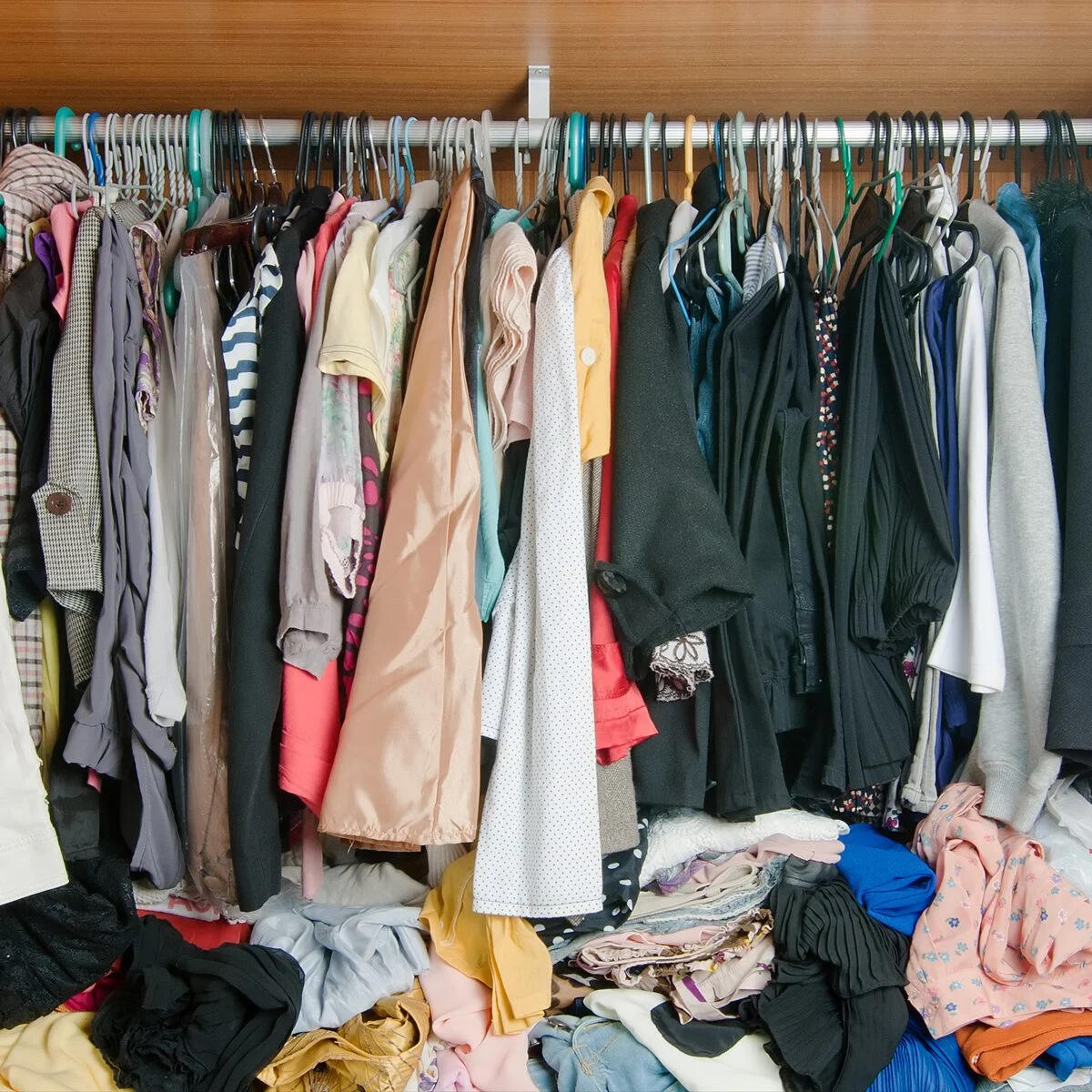
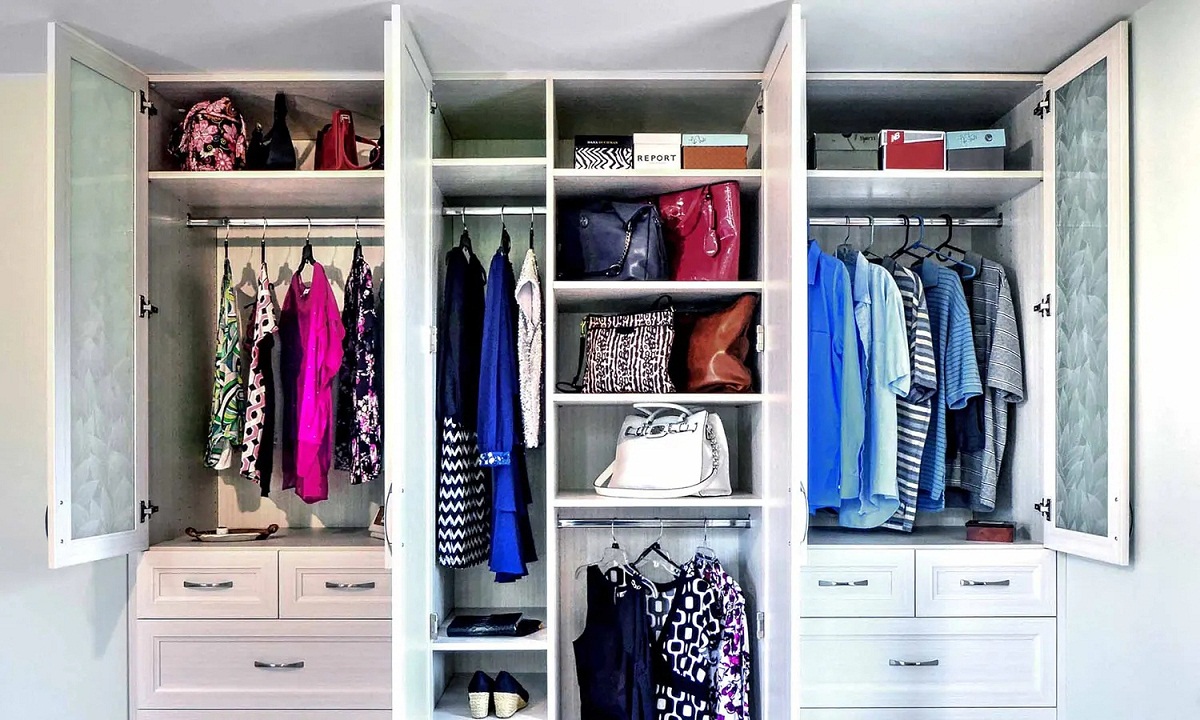
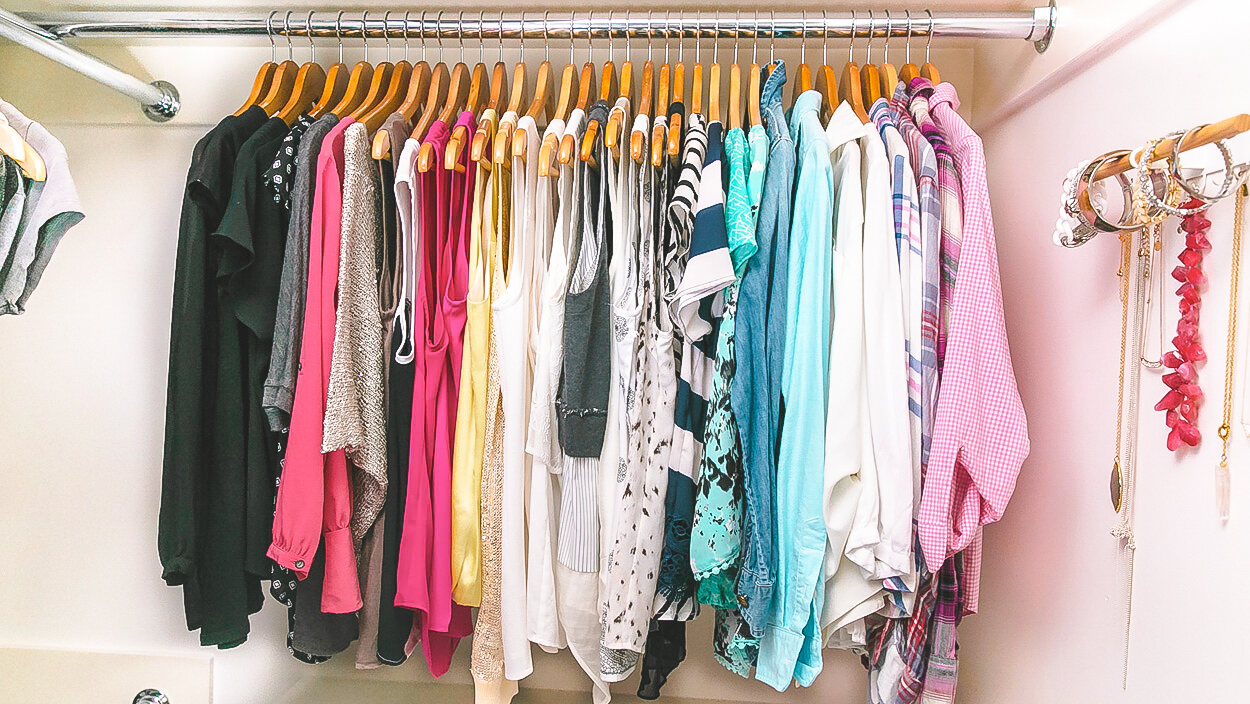


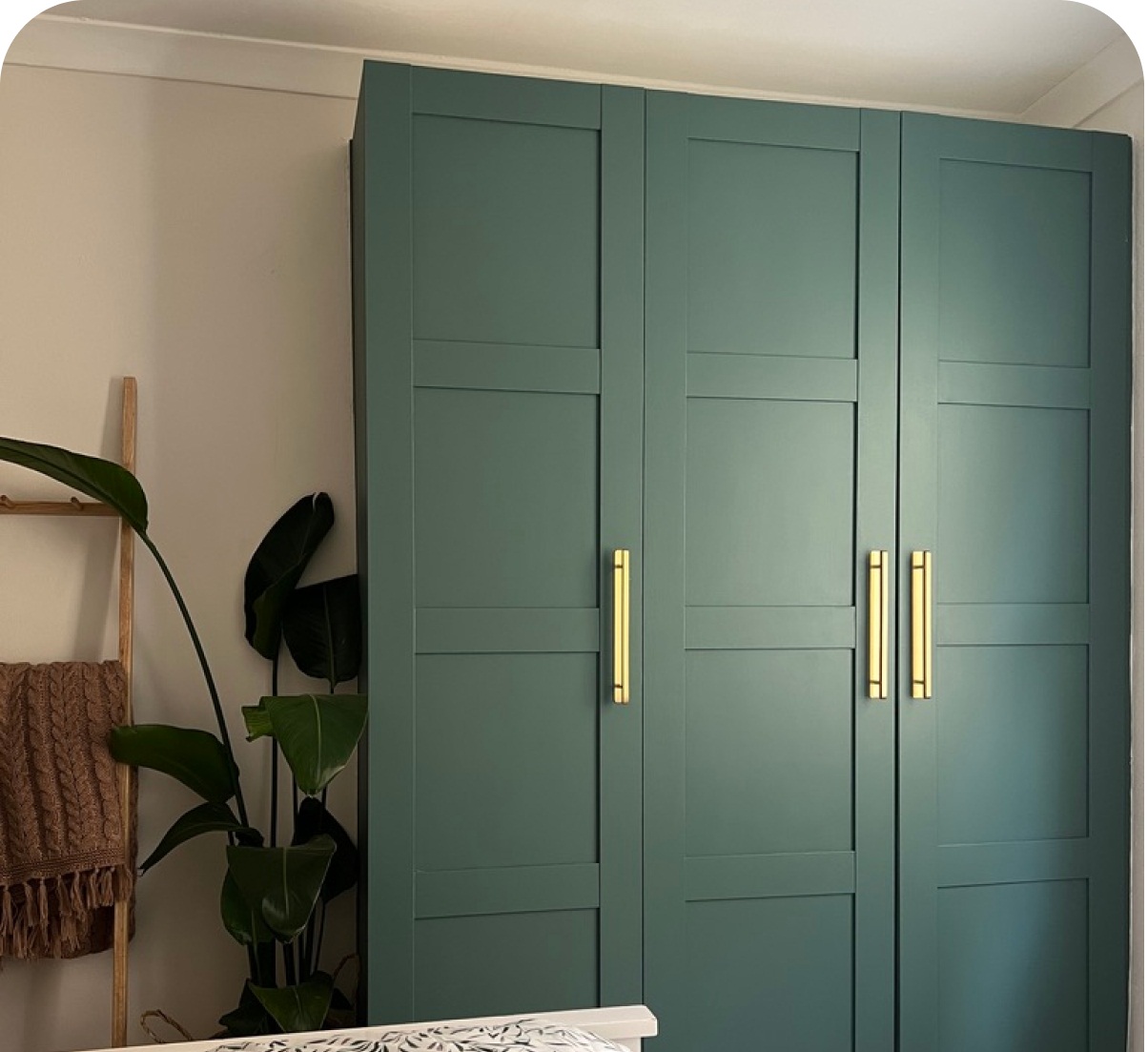
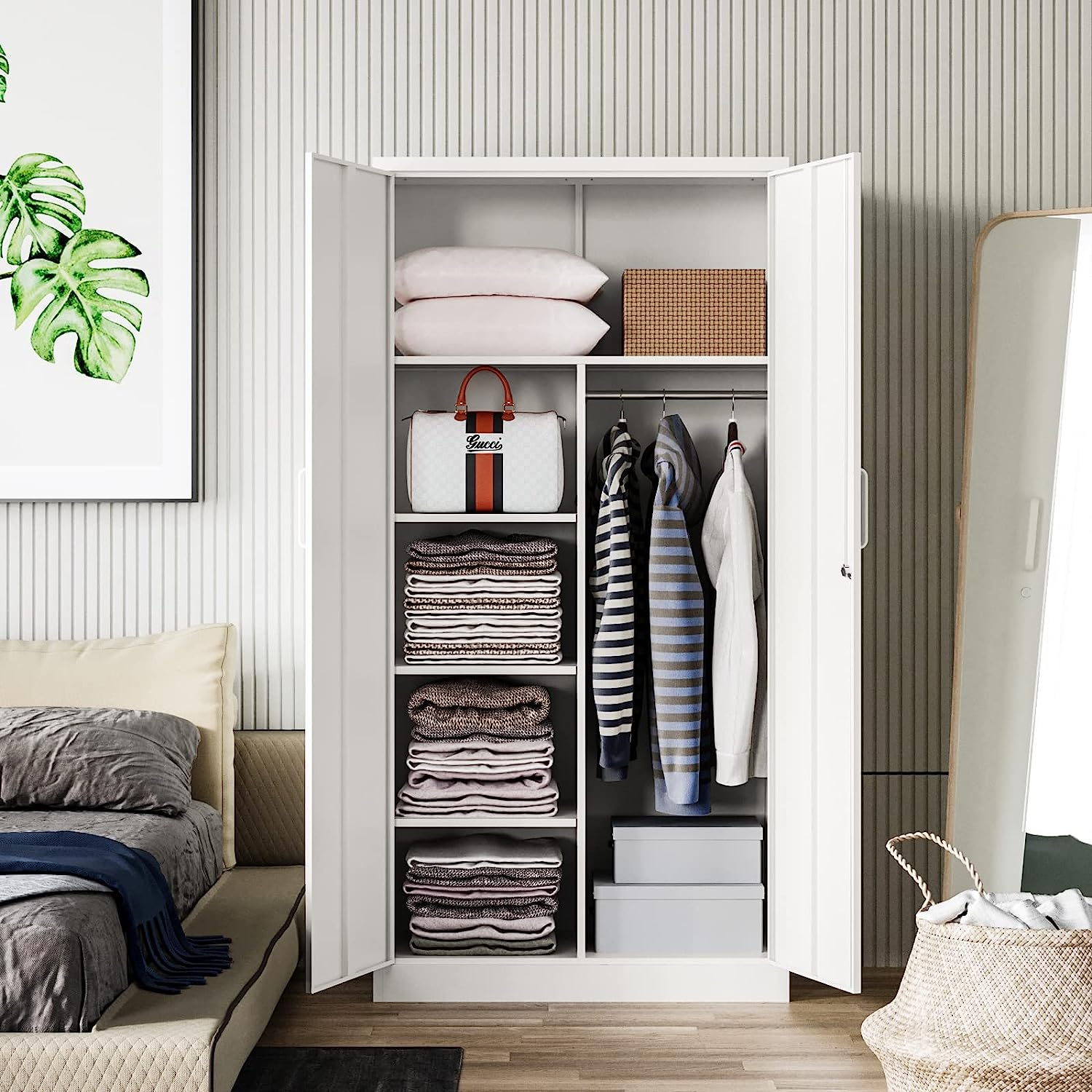
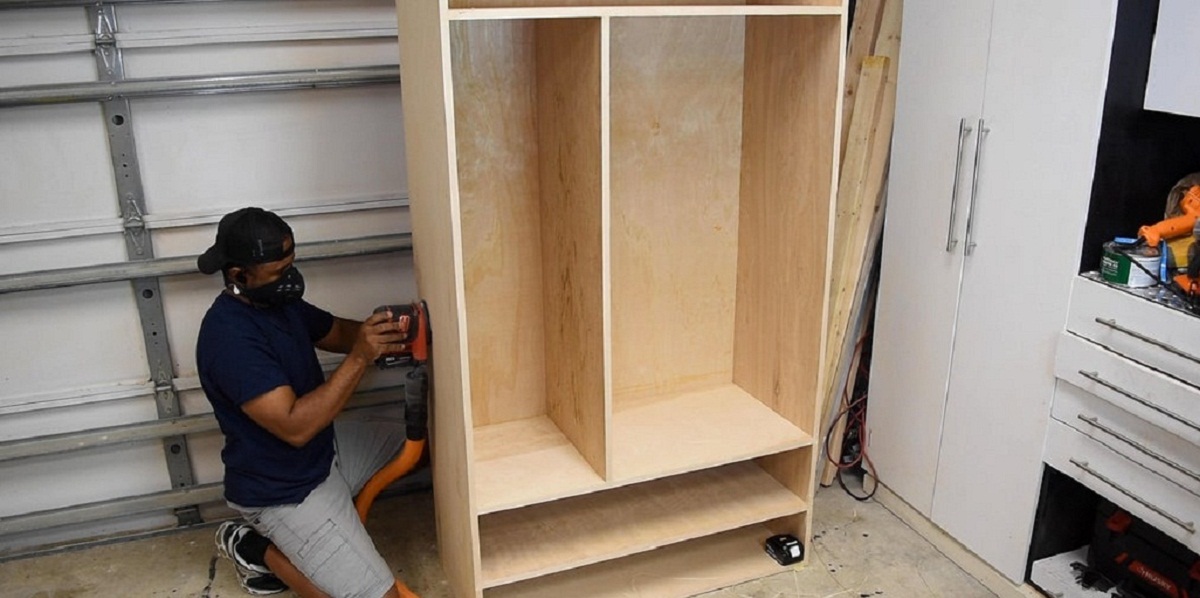
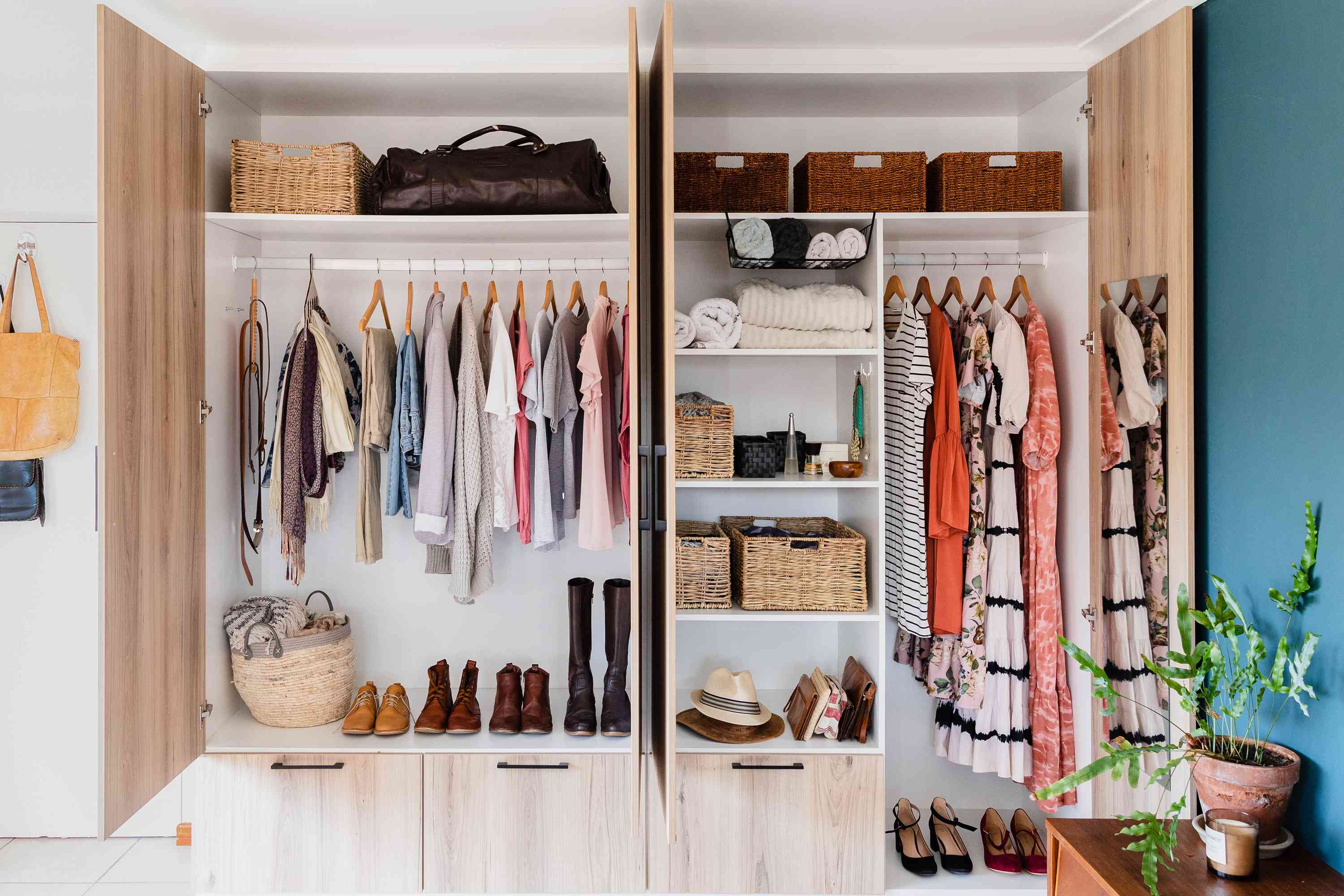

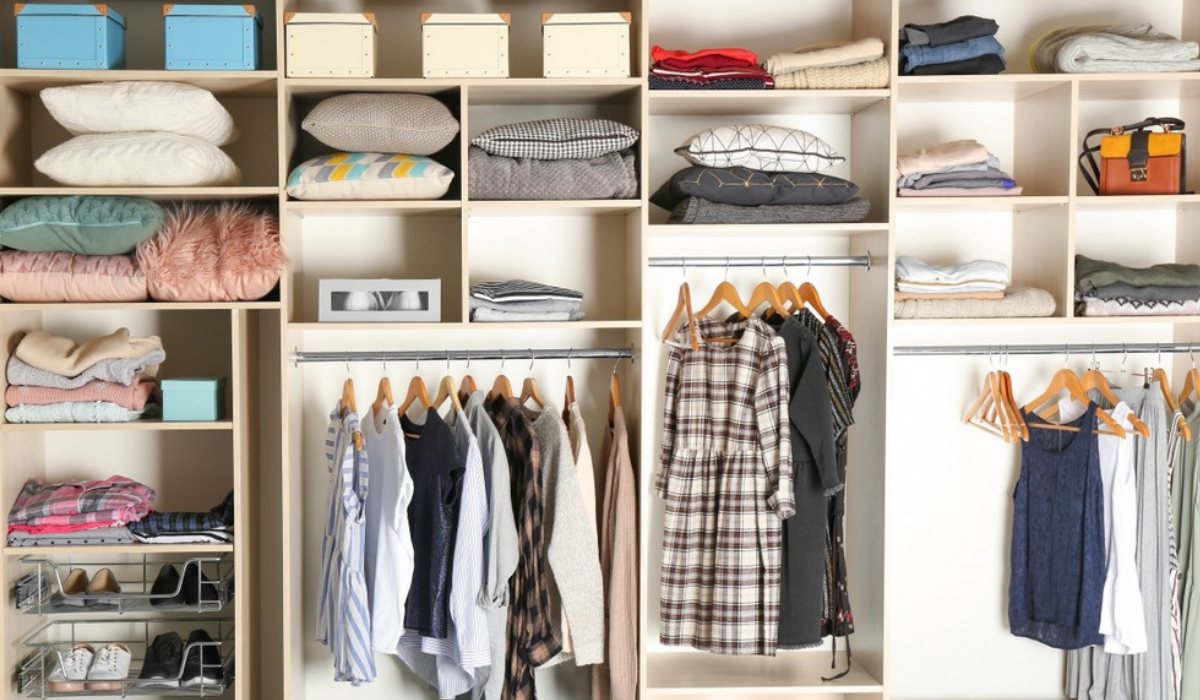
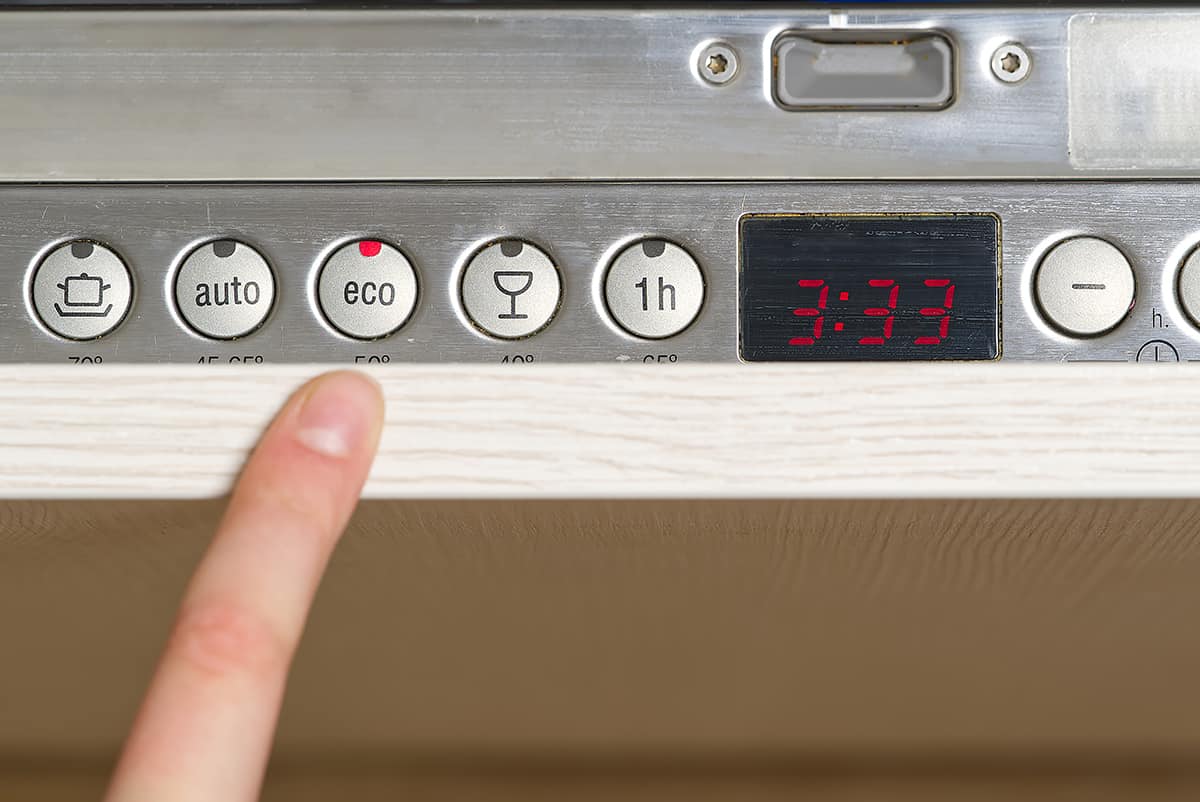
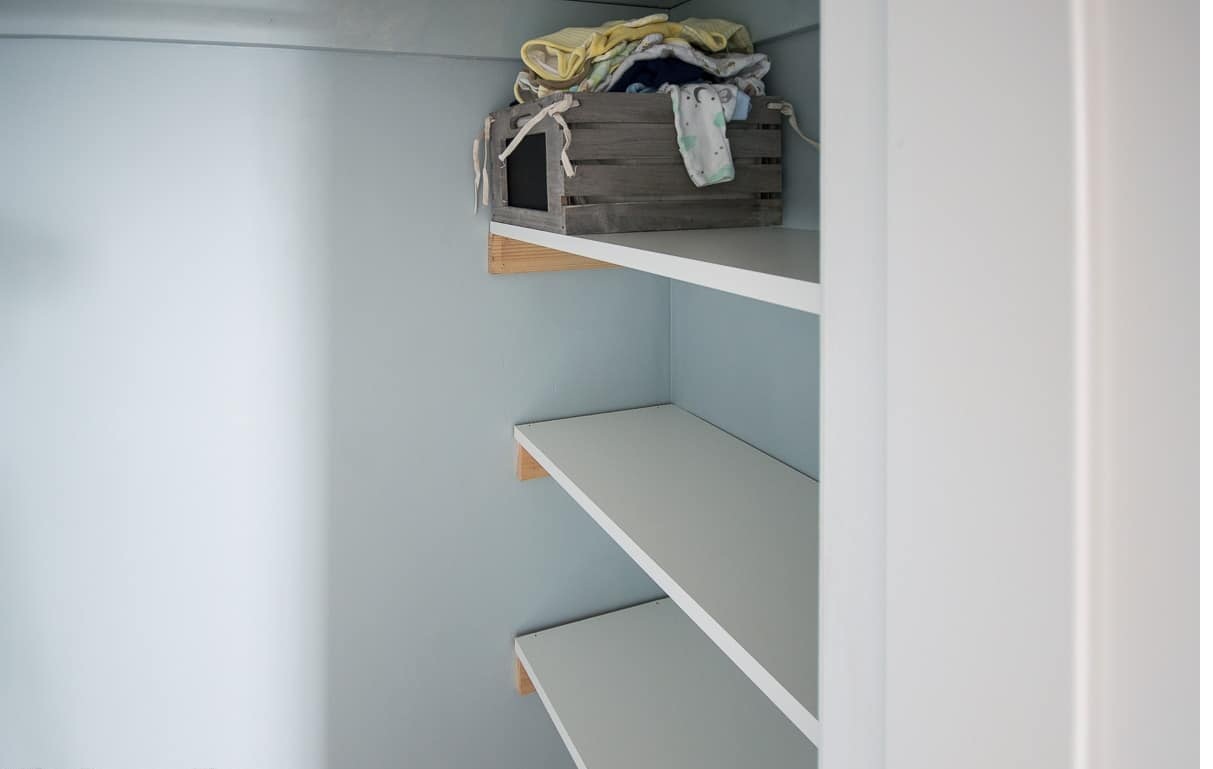

0 thoughts on “How To Stop Mould In Wardrobe”